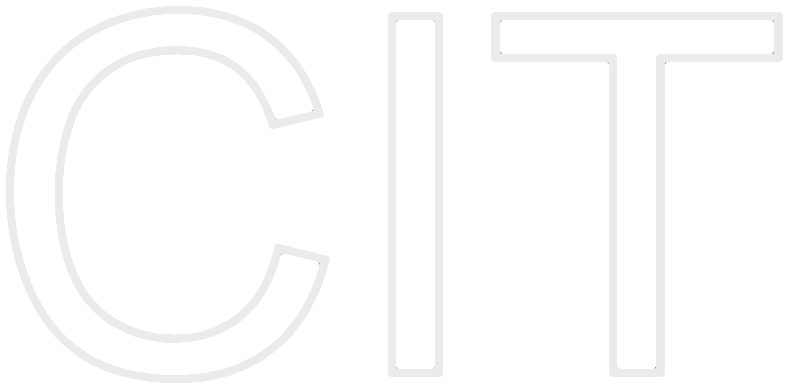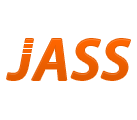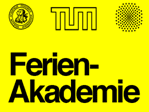Description
Ubiquitous Computing (UbiComp) is the term that designates the post-PC era of computing, in which mobile embedded processors seamlessly communicate with each other and the surrounding infrastructure to support humans in many different situations of everyday life. In this seminar we cover different aspects of Ubiquitous Computing including visions and applications of Ubiquitous Computing, smart devices and services, human-computer interaction and wearables, context-aware systems, and ubiquitous communications. We put an special emphasis in wearable computing and eTextiles as an intuitive interface between users and the computing system.
A seminar contribution consists of a topic, which has to be presented in written and oral form. We will distribute the set of topics and bibliography during the kickoff meeting. Sample topics are tools and platforms used to aid the development of wearable devices and sensor technologies and algorithms used for In-door localization, as well as service API compatibility.
Language: Englisch
Number of Participants: 10
Module Number: Masterseminar IN2107
Info-Meeting: Mo. 06 Juli 2015
Kick-off Meeting: TBA
Topics
Ubiquitous Computing Research, Challenges, and Outlooks
- Key questions in UbiComp research
- Key challenges of state of the art
- Motivation and guidelines for building UbiComp research systems
- Evaluating UbiComp research and dissemination of results
- Existing components for building a research UbiComp system (software frameworks and hardware for rapid prototyping, existing datasets)
- Common evaluation approaches for ubicomp systems
- Field Studies: design, execution, and data analysis
- Ethnography in ubicomp
- Famous conferences, influential persons and research groups
References for orientation:
- Poslad: Chapter 1, 2 , and 13
- Krumm: Chapter 1, 2, 4, 5
Human-Computer Interaction in Ubiquitous Computing
- Ubiquitous user interface, Calm computing
- Interaction design
- Implicit HCI and design principles for ubicomp
- Evaluation methods in HCI for ubicomp
- User models
- Classes of user interface
- Input / output technologies
References for orientation:
- Poslad: Chapter 5
- Krumm: Chapter 6
Context-Awareness
- What is context
- What is context-awareness
- Context-aware applications
- Context modeling and representation
- Context-awareness frameworks and development environments / tools
- Evaluation methods for context-aware applications
References for orientation:
- Poslad: Chapter 7, 8
- Krumm: Chapter 2, 8
Processing sequential sensor data
- Continuous vs. discrete data
- Processing steps for sequential data
- Filters
- Hidden Markov Model
- Pattern recognition methods for sequential data
- Feature selection
- Presenting processing performance
- Sensor fusion and multi-dimentional sequential data
References for orientation:
- Krumm: Chapter 9
- Gillian, Nicholas, and Joseph A. Paradiso. "The gesture recognition toolkit." The Journal of Machine Learning Research 15.1 (2014): 3483-3487.
Indoor Localisation Techniques
Gesture Recognition using Wearables
Smart Home Control
Wearable computing and eTextiles history
- What are wearables and eTextiles?
- Since when do they exist?
- What is so interesting about eTextiles and wearables / what is their potential?
- Provide an overview of the field and history, from wearable computers to eTextiles.
- Provide examples of eTextile applications (health and rehabilitation, sports and fitness, blue collar working)
References:
https://www.dropbox.com/sh/305yo34ej63sppw/AADr9mIVL2Y1wNleZ7OH4_5Aa?dl=0
Technologies used for eTextiles and fiber level research
- What eTextile sensors exist and what do they measure?
- What technologies and materials are being used for the creation of eTextile sensors?
- What limitations do they have?
- Provide an overview of eTextile sensors, examples of eTextiles using those sensors.
References:
https://www.dropbox.com/sh/i8oto6zgpk1yp18/AACiqje_pCTIPQ2m6kOMLYeFa?dl=0
Advices:
Start with the document called “eTextile Sensor overview”
Usability and Wearability of Wearables and eTextiles
- Provide design guidelines for wearables and eTextiles
- How is output usually given to eTextile users (visual, auditive, haptic)
- Provide references to studies
References:
https://www.dropbox.com/sh/2uakdj867ihhhgj/AADWkv_s-Ac0F8M52v7xjzBLa?dl=0
Advices:
Check Gemperle’s paper, he has identified guidelines for wearability. While Gemperle is a good starting point, this seminar contribution requires analyzing different papers related to usability of categorizing them in a meaningful way.
Applications of eTextiles (health and rehabilitation, sports and fitness, blue collar working)
Describe one application field for eTextiles providing examples
https://www.dropbox.com/sh/yd2odut8eab4w36/AABK6FcIKK83_EV0BSa0TP3ea?dl=0
Tools and development environments for wearable computers and eTextiles
- Describe and compare different tools and development environments for eTextiles and wearable devices
- Describe how these tools support the development of eTextiles, how would these tools be used? What are their limitations?
References:
https://www.dropbox.com/sh/8k2wvydo7yfir6o/AACrSEQ5BTLe4xjgh3R4gBcba?dl=0
Recommended Reading
- Krumm, John, ed. Ubiquitous computing fundamentals. CRC Press, 2009.
- Poslad, Stefan. Ubiquitous computing: smart devices, environments and interactions. John Wiley & Sons, 2011.








